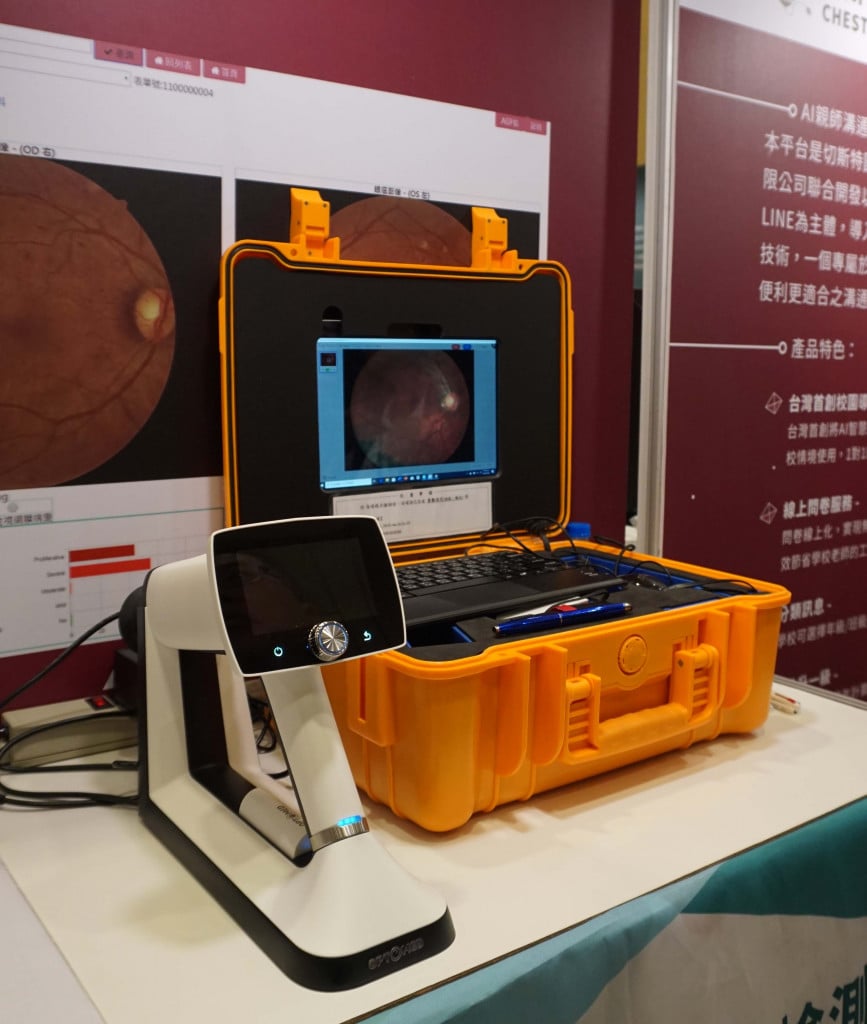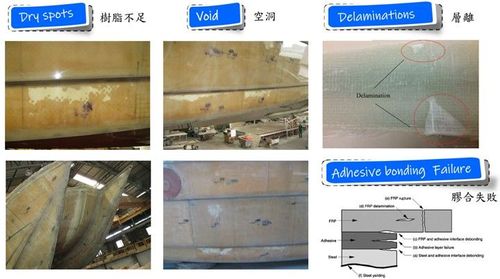【2020 Application Example】 LEO National Computers AI Mobile Vision Smart Box - Fixed-Point Vision Testing for Mobility-Impaired Elders
When it comes to vision testing, most people think of visiting an ophthalmologist, but this can be inconvenient for those living in rural areas or for older elders. Mobile vision testing could easily solve this issue.

The 'AI Mobile Vision Smart Box' resolves urban-rural medical disparities
Taiwan has officially entered an aging society. According to health insurance data, the rate of cataract changes in individuals over 70 is as high as 90%. In the 29 districts of New Taipei City, up to 13 districts lack ophthalmology clinics. Some areas due to their remoteness and low population density have no doctors willing to provide services, highlighting the significant disparity in medical resources. LEO National Computers, founded by Dr. Jian Ming-Ren in 1985, aims to tackle the issue of insufficient medical staff by using AI technology, thus cooperating with the team from the Service System Technology Center of the Industrial Technology Research Institute.
Since 2014, the Industrial Technology Research Institute has been involved in the integration platform for fundus cameras, collecting millions of fundus photographs from teaching hospitals and clinics, from which they selected about several hundred thousand suitable data entries. Professional ophthalmologists review, annotate, and grade each photo into one of four different disease condition levels, which are then fed into artificial intelligence for training. Following this, new functionalities were gradually developed according to medical field needs, offering a fully automated self-service fundus photography service.
This case was facilitated by technology transfer coaching from the Industrial Technology Research Institute, with National Computers providing integrated service operation and customer service. The Industrial Technology Research Institute was responsible for system integration and platform maintenance. Additionally, the field service was provided by a university optical ophthalmology department offering testing locations and services, promoting to diabetes care networks, optometric centers, opticians, ophthalmology clinics, and community service points for fundus camera testing. The 'AI Mobile Vision Smart Box' was also officially showcased at the AI HUB conference, aiming to enhance the provision of vision tests in rural and community areas in the future, addressing the issue of insufficient medical resources in rural areas.

'AI Mobile Vision Smart Box' instantly uploads data

The 'AI Mobile Vision Smart Box' combines ophthalmic handheld instruments such as slit lamps, tonometers, and fundus cameras with a mobile vision testing system into a single suitcase, offering 2 to 5 types of vision testing functions. The design is patient-centered, providing identity verification, test data retrieval, an automatic retina comparison system, and medical record file management, especially enabling individual patient file management. Additionally, with the built-in local wireless network and smart gateway, it facilitates the immediate upload of all testing data, including images and measurements.

'AI Mobile Vision Smart Box' apart from being used in fixed locations such as medical institutions and health check centers, its portability allows optometrists or nurses to carry it to ordinary homes or rural areas to perform eye examinations, enhancing the convenience and mobility of medical staff, and allowing vision testing to move out of hospitals into communities. Currently, the 'AI Mobile Vision Smart Box' is collaborating with major hospitals in Taipei and family medicine clinics in New Taipei City, hoping to bring eye examinations closer to mobility-impaired elders in rural and community areas, aiming to achieve early detection and treatment.
「Translated content is generated by ChatGPT and is for reference only. Translation date:2024-05-19」


